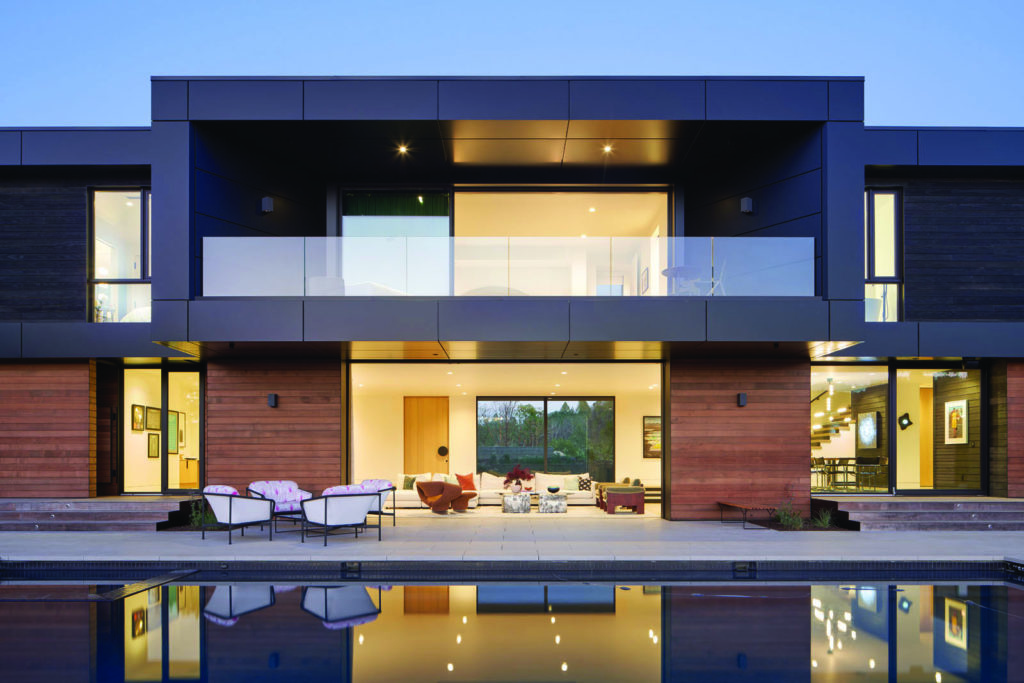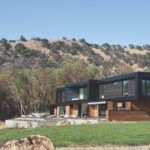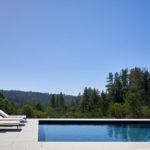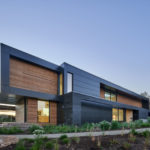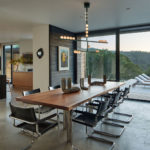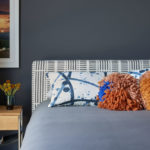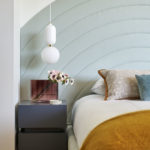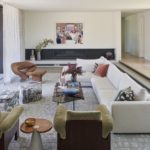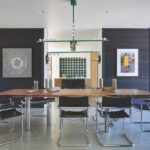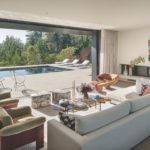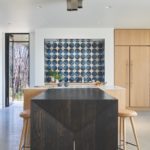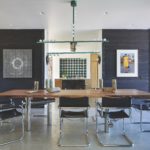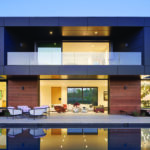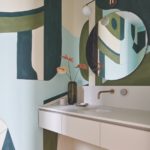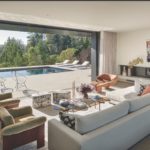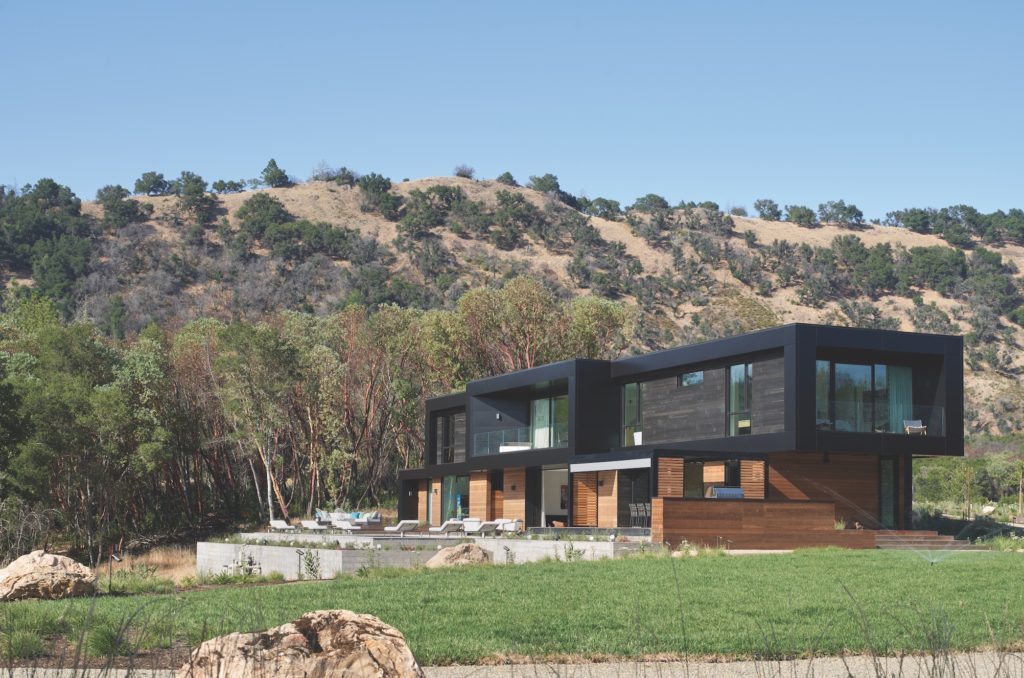Absolutely Fab-ulous
Author:Lindsey ShookAlison Damonte and Signum Architecture defy design expectations of prefab living
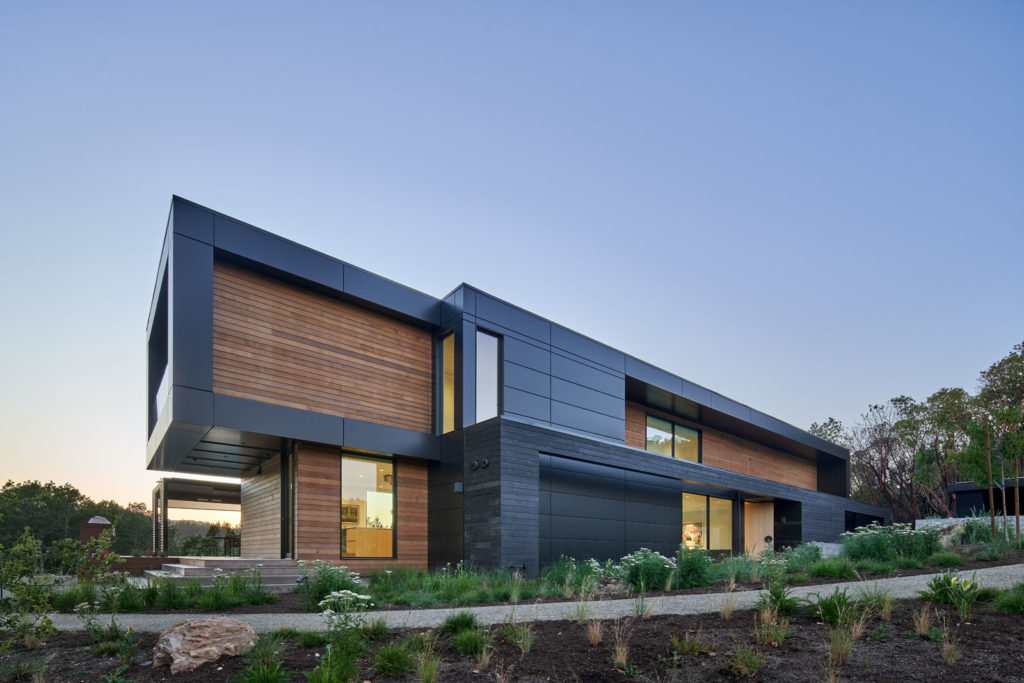
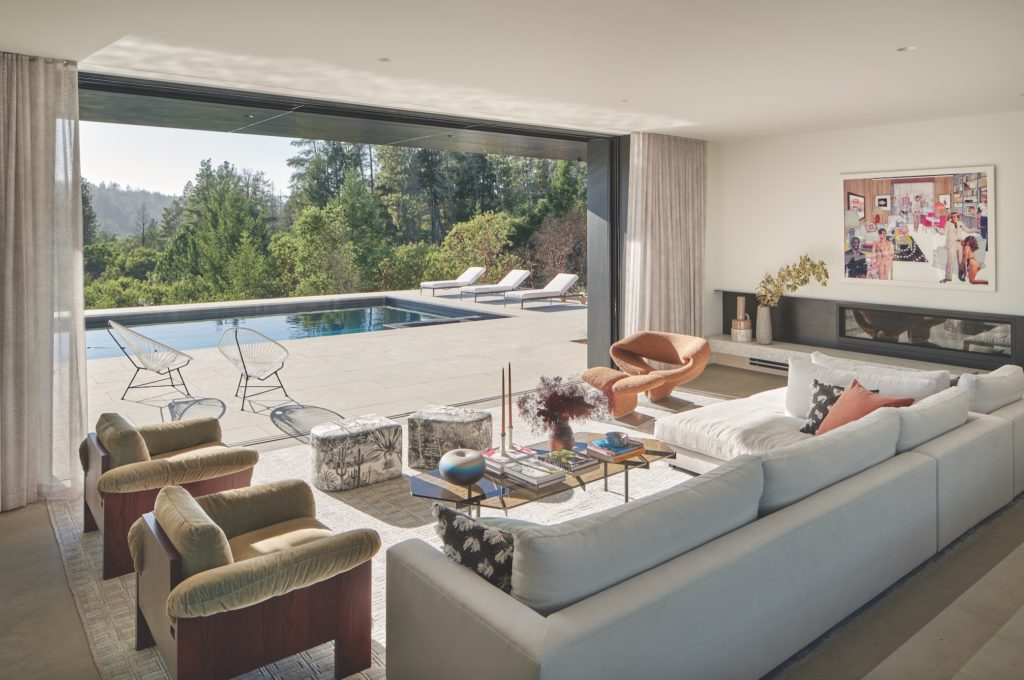
a single chair by Pierre Paulin surround a custom sofa that faces the open wall to the pool terrace. Photos by Bruce Damonte.

We can all agree, building a home from the ground up often takes years off of your life. However, when it came to the construction of a vacation home in Calistoga, this creative client had other plans. “The client brought the team together,” says Brian Abramson, founder and CEO of Method Homes. “Being an innovator in his own space, he was interested in different means and methods of construction.”
The Bay Area-based homeowner enlisted Signum Architecture and Alison Damonte Design to customize a modular system by Method Homes that pushed the possibilities of off-site fabricated design. “Our client was keen on the modular concept and Method Homes was one of the two or three companies that we initially considered,” says Jarrod Denton, a partner at Signum Architecture. “After reviewing their ability to customize the modules and accommodate a site-built living room, Method Homes was the clear choice.”
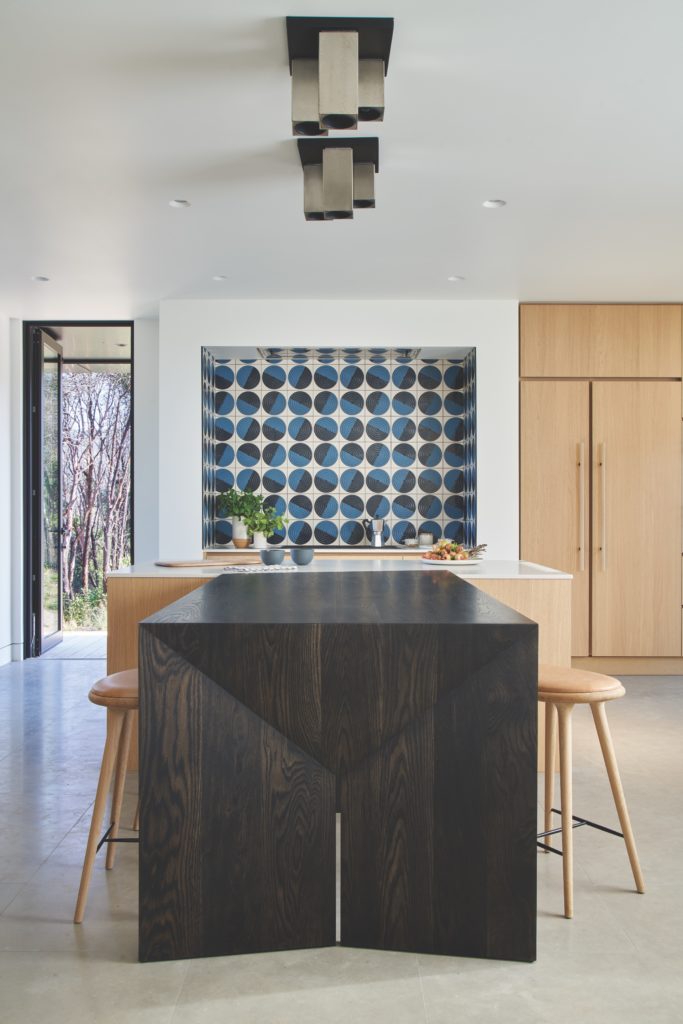
Signum’s overall design direction focused on creating unexpected moments and masking the recognizably modular details while devising a defined architectural statement. “The initial site-built design incorporated three key elements: siting, transparency and elevation,” says Denton. “When transitioning to the modular concept all of these elements carried over, we had to reinterpret each one in order to fit within modular design. The vision was established and then the house was divided and optimized for the modular program.“
They set forth three architectural goals in order to achieve what their client desired. First, the focus was placed upon creating a clean, purposeful composition within the modular concept. Then, Denton planned unexpected surprises throughout. “One example is the entrance sequence in which guests arrive at an elevated position and descend to the entry door,” says Denton. “Upon pivoting the entry door, the living room floor drops another 18” to provide a seamless transition to the outdoor pool terrace and the extra ceiling height for the pocketing steel doors.”
Finally, they worked on disguising the modular elements many expect to see in a prefabricated house. They accomplished this by incorporating unique exterior materials and finishes including Shou Sugi Ban and clear Cedar), matte black aluminum perimeter boxed frames and steel beams.
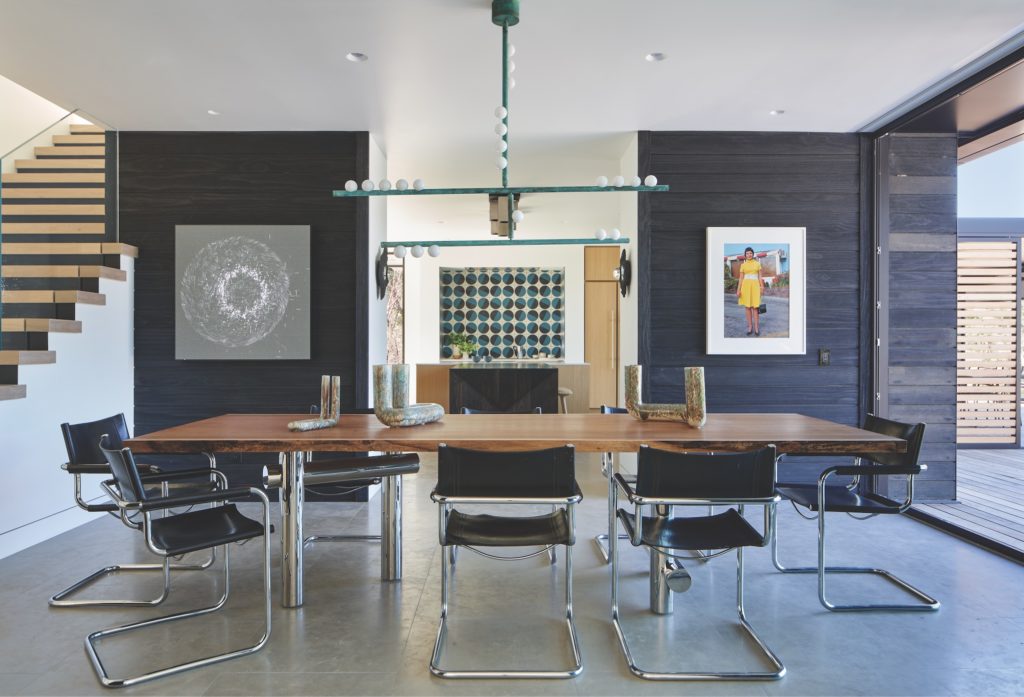
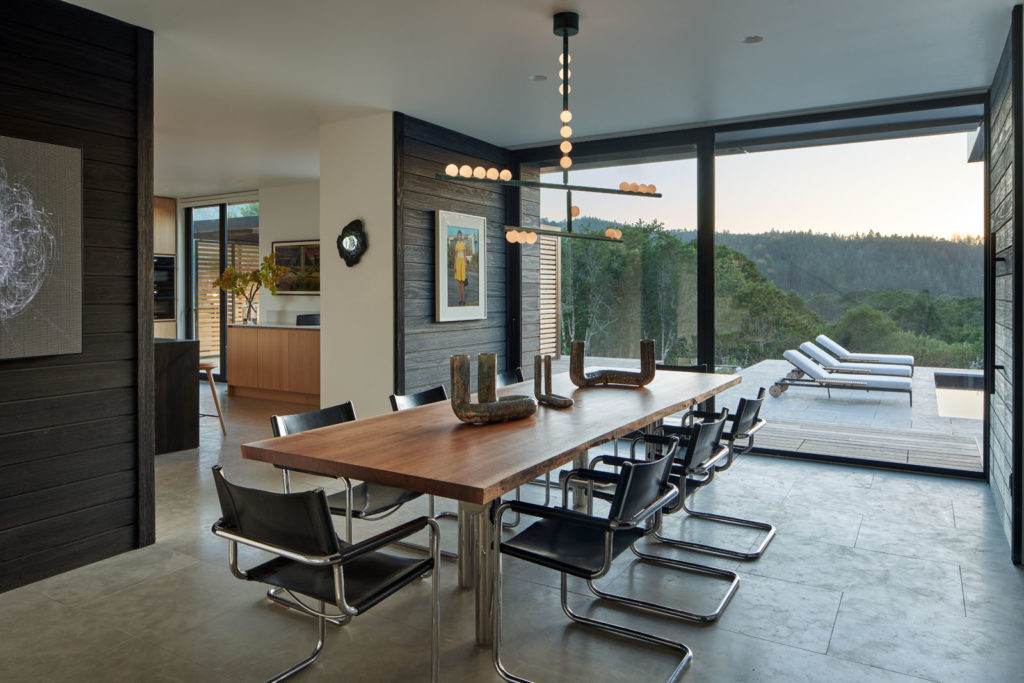
“Since Andrew has connections to the music industry, I think Jazz provides a fitting inspiration,” says Denton. “In the Bittersweet Blues of Life, Wynton Marsalis says “it is better to be in time than on time.” As architects, we can go through the motions and derive completely functioning results. But when all of the elements work together and are “in time,” that is where the magic of inspired living occurs, and this magic invokes a visceral response to its surroundings.”
They worked with the Method team on the collaborative process by resolving as many design details as possible prior to fabrication, making the installation process more seamless. “This is a more custom and detailed home than most prefab projects,” says Abramson. “Because it was a hybrid of off-site and on-site construction, we were able to incorporate more custom elements in the home such as the large expanses of glass openings, a complex home automation system, built-in home audio, trimless doors with concealed hinges and other more personalized details.”
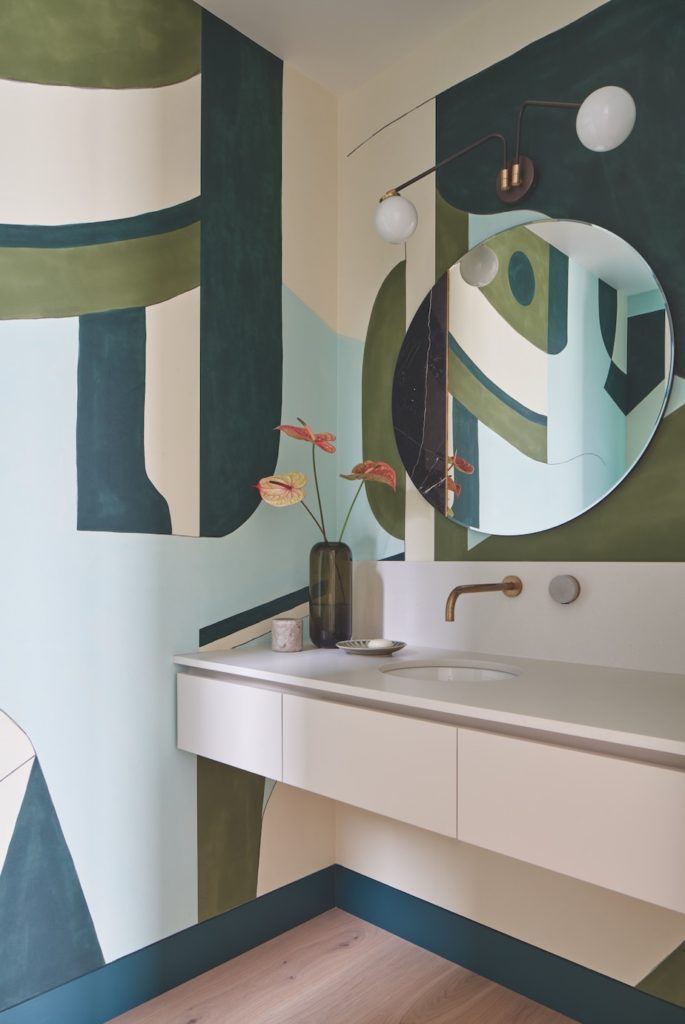
The structure, which sits on an expansive lot, takes full advantage of the indoor/outdoor living and provides ample room for entertaining,
while the interiors capture the family’s spirited personality. “While we were responsible for pushing boundaries with the furnishings,
the client’s own art collection brought a very unique and personal perspective to a project that is, at its very basic level, constructed from
a preselected kit of parts,” says Alison Damonte of the interior design. “This client is a dreamer, an entrepreneur and a visionary, and those ideas are absolutely apparent in their art collection, which includes cutting-edge photography and video art by contemporary artists including Leo Villareal, Laurie Simmons, Philip-Lorca diCorcia and Roe Ethridge.”
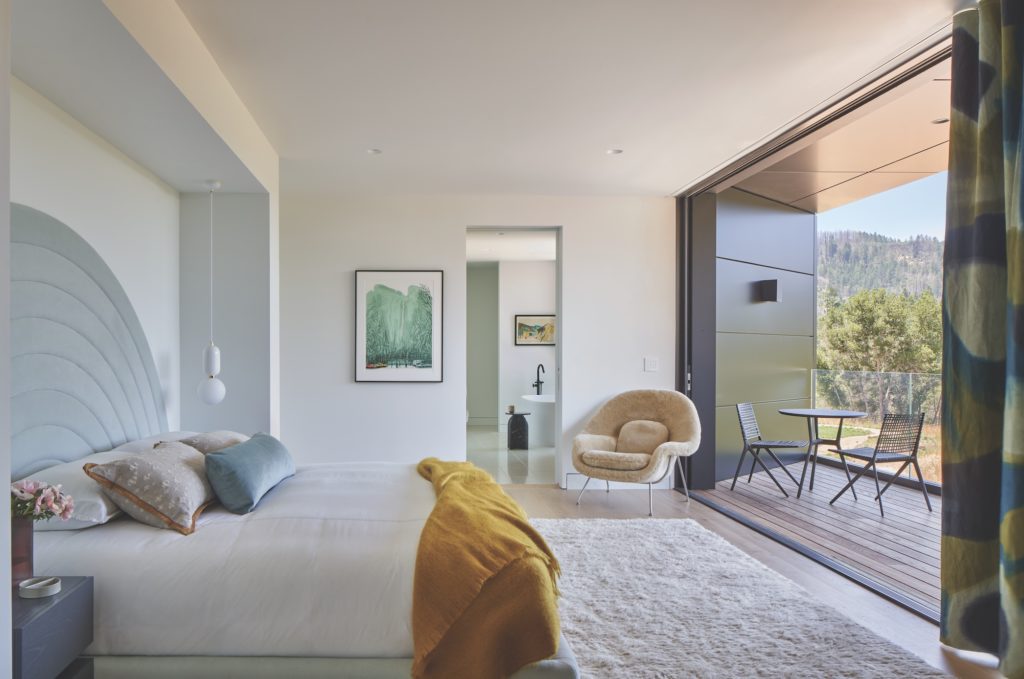
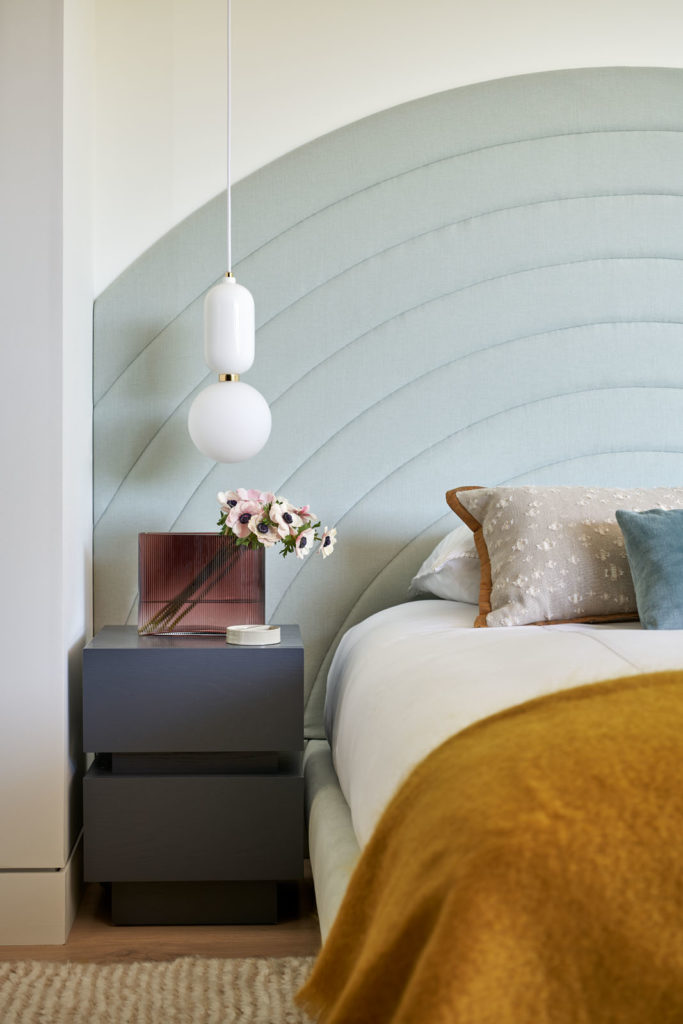
Having worked with the clients on the design of their main residence, Damonte already had a strong understanding of who they are. “Going into this project we had a good understanding of their aesthetic, their preferences for color, design period, etc. and most importantly, how they live as a family,” she notes. “They are adventurous and trusting and really let us do what we wanted—a total design dream! We were heavily inspired by their love of modern art and music.”
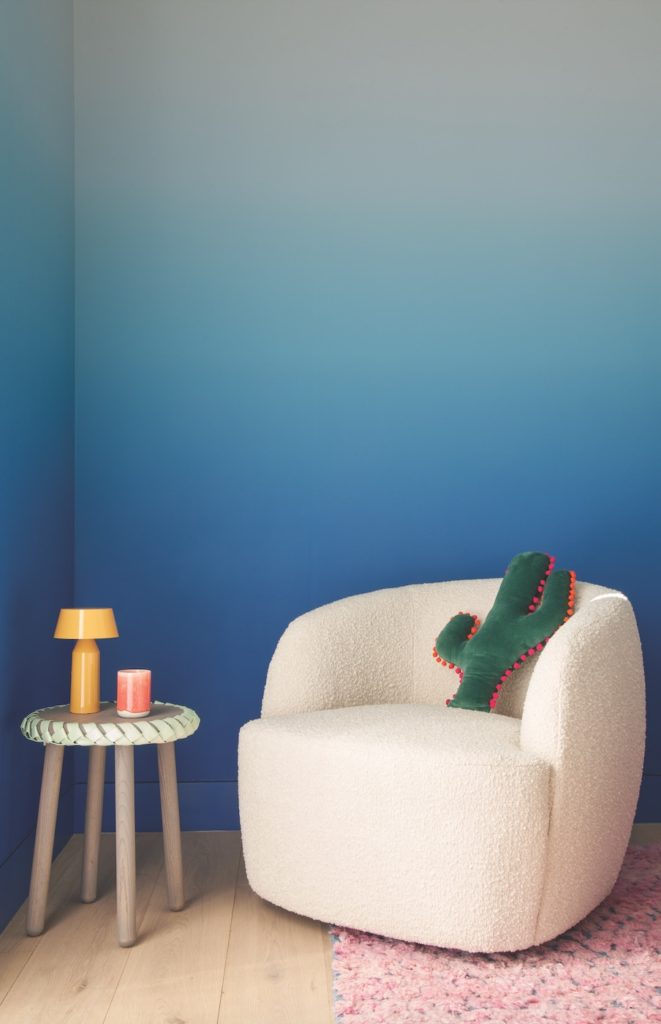

“I thought the construction timeframe would be shorter than a conventional build,” says Denton. “However, when constructing a custom modular design I would now say the two systems are remarkably similar in total time to build. In a more conventional approach, modular construction would clearly save time.”
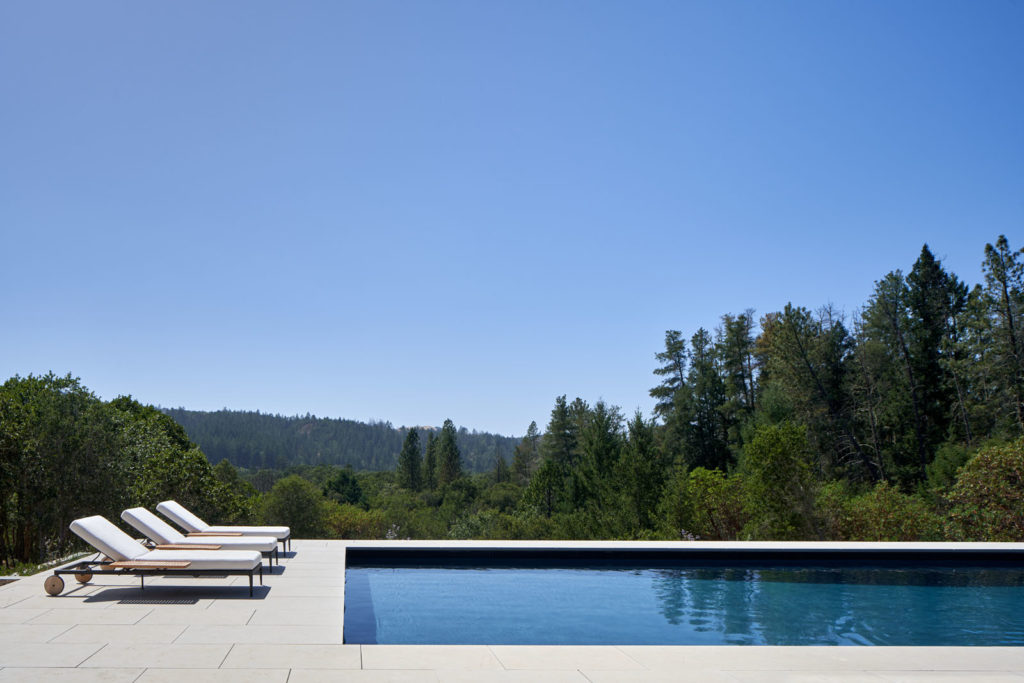
The final result is a phenomenal home that defies all perceptions of modular living, infused with a highly collected style. “Before working on this project, I assumed that modular homes were rather basic, not well-constructed and offered little opportunity for imagination or customization,” says Damonte. “Those ideas were all challenged in this process, and I now have a new perspective.” Also surprised by the process, Jarrod Denton of Signum notes, “To use the music analogy, this is not a one-hit wonder. The more time you spend there, the greater appreciation you have for how this house responds to its setting.”
